Was Ending the Draft a Grave Mistake? No.
With all due respect, there is a better way to imperil the U.S. military’s imperial project than to reinstate the draft.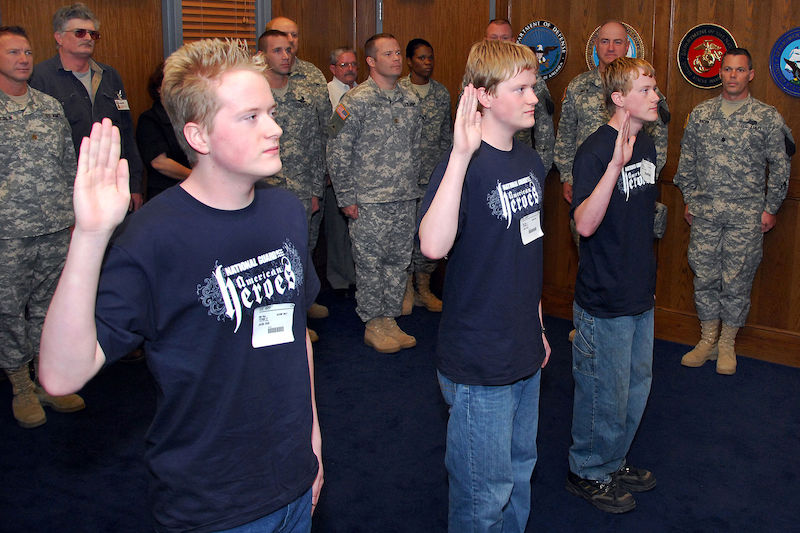 Brothers in arms: Triplets John Paul, Jacob Erik and Joshua Clint Temple officially enlist for the U.S. Army at a processing station in Little Rock, Ark. (U.S. Army photo)
Brothers in arms: Triplets John Paul, Jacob Erik and Joshua Clint Temple officially enlist for the U.S. Army at a processing station in Little Rock, Ark. (U.S. Army photo)
We appreciate Danny Sjursen’s April 3 article “Was Ending the Draft a Grave Mistake?” He raises some key questions that many people have also considered about the draft and about whether or not it is a viable way to curb American militarism and adventurism. Sjursen is an important voice in the small antiwar movement in the U.S. at present, and we are glad to see more public discussion challenging U.S. imperialism. That said, we wanted to pose a few questions and concerns we had with his piece.
Sjursen argues that “a move toward a no-deferment, equitable lottery draft might result in a nation less prone to militarism and adventurism than the optional AVF [All Volunteer Force] has.” There are quite a few problems with this statement that should be addressed before we start lobbying for more federal power over our lives.
We agree with Sjursen that the “economic or poverty draft” is still the driving force responsible for the bulk of the recruits for the U.S. military, especially for filling the ranks of the infantry in the Army and the Marines. Yes, regional disparities, as well as the rural/urban divide are notable; yet, aren’t these the same criticisms made of the Vietnam-era draft?
In his classic history of the Vietnam War, “Working Class War,” historian Christian Appy reviewed a Newsday study of the Long Island, N.Y., community of Massapequa, then home to 27,000 residents. “As a group, the study concluded, “Long Island’s war dead have been overwhelmingly white, working-class men. Their parents were typically blue-collar or clerical workers, mailmen, factory workers, building tradesmen, and so on.”
Australian journalist John Pilger’s painful “The Boys of Beallsville” captured the Vietnam-era holocaust that devastated small towns around America. A rural community on the West Virginia border with a high poverty rate, Beallsville, Ohio, suffered the highest casualty rate of any region in the U.S. during the war years. Pilger wrote in 1970:
The high school from which fewer than three percent of pupils go on to college; the rest go to the mines or the service industries of Cincinnati or are idle. In 1970, they went to the military draft, and when the seventeen young men of the ‘senior class of ’70’ received their diplomas, they strode ritually across the football field and up the hill, to where many of the classes of ’65, ’66, ’67 and ’68 were enshrined: in the graveyard.
Most of what we know about the inequalities of the Vietnam-era draft comes from the anti-war and anti-draft movements of the era that have since been derided by right-wing historians for consisting largely of privileged, middle-class and white members. However, many anti-draft activists put themselves at great personal risk (facing long jail terms, social ostracism and physical violence), including the most famous draft resister of the era: Muhammad Ali.
“Muhammad Ali had an enormous impact because he was so well-known and he gave up so much. By refusing to fight in Vietnam he gave up his title as Heavyweight Champion of the World,” Julian Bond told Christian Appy three decades later. “And he stated his opposition to the war so simply: ‘No Viet Cong never called me nigger.’ I mean, that was it. You didn’t have to say more than that.”
The lottery system Nixon implemented soon after his election in 1968, which Sjursen thinks is a better option than the military’s current recruit programs, was no doubt devised as a concession to the public outrage at the burdens of combat. Still, it didn’t fundamentally change who was called to war; in fact, it most notably ended draft deferment for full-time college students. Nixon despised college anti-war activists (he called them “bums”), and if a few more were sent to combat in Vietnam, so much the better.
The biggest contradiction in Sjursen’s piece, however, is his belief that spreading more widely the burdens of war in the 21st century would restrain the U.S. government’s war-making abilities. This is not a new argument; it’s been kicking around for a while. It has also made strange bedfellows, including disgraced Gen. Stanley McChrystal and liberal former Congressman Charles Rangel. However, there is no evidence that the argument is sound, and there is a great deal of anecdotal evidence that the opposite would actually be true. After all, if the various branches of the U.S. military had a wider recruiting base, would that not allow them to pursue their military objectives—which we oppose—more readily?
Much of the anxiety produced by the “soldier-civilian” divide appears to be rooted in the widespread war-weariness of the U.S. population. As Sjursen states, “The military only accounts for about 0.5% of Americans and, as recent statistics indicate, the Army is falling well short of its recruiting goals.” The U.S. military is in a bit of trouble right now, in large part because pro-military propaganda justifying endless wars is becoming less effective. Even in a country with huge amounts of underemployment and poverty, people are choosing not to sign up. This is a good development, and we need to build on it.
Sjursen further argues, “Today, volunteers are far more rural, Southern and likely to hail from military families than their civilian peers. Thus, an unrepresentative warrior caste—not the citizens’ Army that won World War II—became the norm.” This conclusion is misleading. Yes, on a percentage basis, rural states contribute more 18- to 24-year-olds to the military at a rate of 1.5% as opposed to a rate of less than 1% in other parts of the country. But New York, California and Texas contribute many more soldiers by number because their populations are greater.
Chicago has the largest junior officer recruiting program in the country, with nearly 10,000 students enrolled. Large numbers of poor urban youths are being recruited to the military. We think this also needs to be accounted for in Sjursen’s piece. These students are being targeted because they have fewer employment options after graduation. As recent reports show, the better the economy, the less likely high school grads will sign up for the military. And wouldn’t this also apply to many volunteers in the rural South, where poverty is rampant? What type of vacuum is created in the military when those who enlist for education, health care and employment reasons don’t sign up? We argue that the damage could be great to the U.S.’ current imperial goals.
Further, using the term “military caste,” as Sjursen does, suggests this demographic is largely immune to organizing efforts that define the negative impact of our endless wars—not only overseas, but also in local communities. Yes, those who sign up for the military for ideological reasons are harder to counter-recruit, but we think these rural Southern volunteers deserve more credit. We trust that, if given the opportunity for a rewarding alternative to military service in whatever form that may take, many in the rural south would choose this alternative path, as those in more urban settings already do.
The U.S. government knows that a reinstitution of the draft could pose a major threat to the imperial project, as it did during the Vietnam War. Bringing the draft back would involve huge amounts of organizing and lobbying. We think our time would be better spent compounding the challenges the military is already facing with recruiting.
This involves developing efforts to combat Islamophobia and racism in all sections of the country. It also entails demanding a much higher standard of living for all, as the Fight for 15 movement and advocates for something like the Green New Deal are trying to do. Combating alienation, racism and poverty is the last thing the U.S. military wants.
Your support matters…Independent journalism is under threat and overshadowed by heavily funded mainstream media.
You can help level the playing field. Become a member.
Your tax-deductible contribution keeps us digging beneath the headlines to give you thought-provoking, investigative reporting and analysis that unearths what's really happening- without compromise.
Give today to support our courageous, independent journalists.
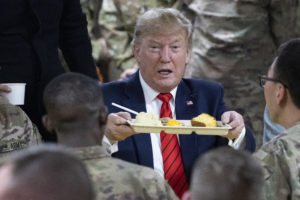

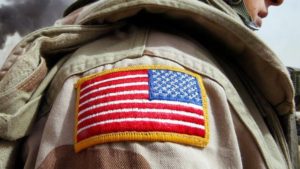
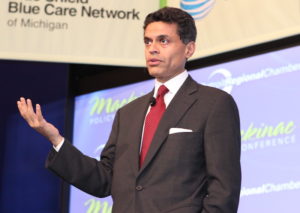
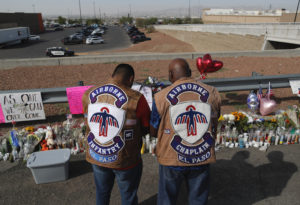

You need to be a supporter to comment.
There are currently no responses to this article.
Be the first to respond.